Days may be short in winter and early spring, but without a thick canopy of leaves blocking out the sunlight, our woodland floors are enjoying a floral flourish.
Flowering plants shoot hopefully, looking to exploit the space and catch the attention of passing winter pollinators who wing lazily on the cold air.
The flowers are normally small, a robust, compact growth more likely to be unchecked by the weather. But what they lack in size they can make up for in number. First come blankets of white and yellow, before the approaching spring brings blues, pinks and a bolder stretch towards the sky.
In this guide to woodland flowers, we reveal 12 species to look out for on your next visit to a woodland or forest, including snowdrops, wild garlic and bluebells.
Woodland animals: 12 spectacular species to spot
Our woodlands and forests are home to a huge range of mammals, birds and insects. Discover which animals live in UK woodlands with BBC Countryfile Magazine's wildlife guide.
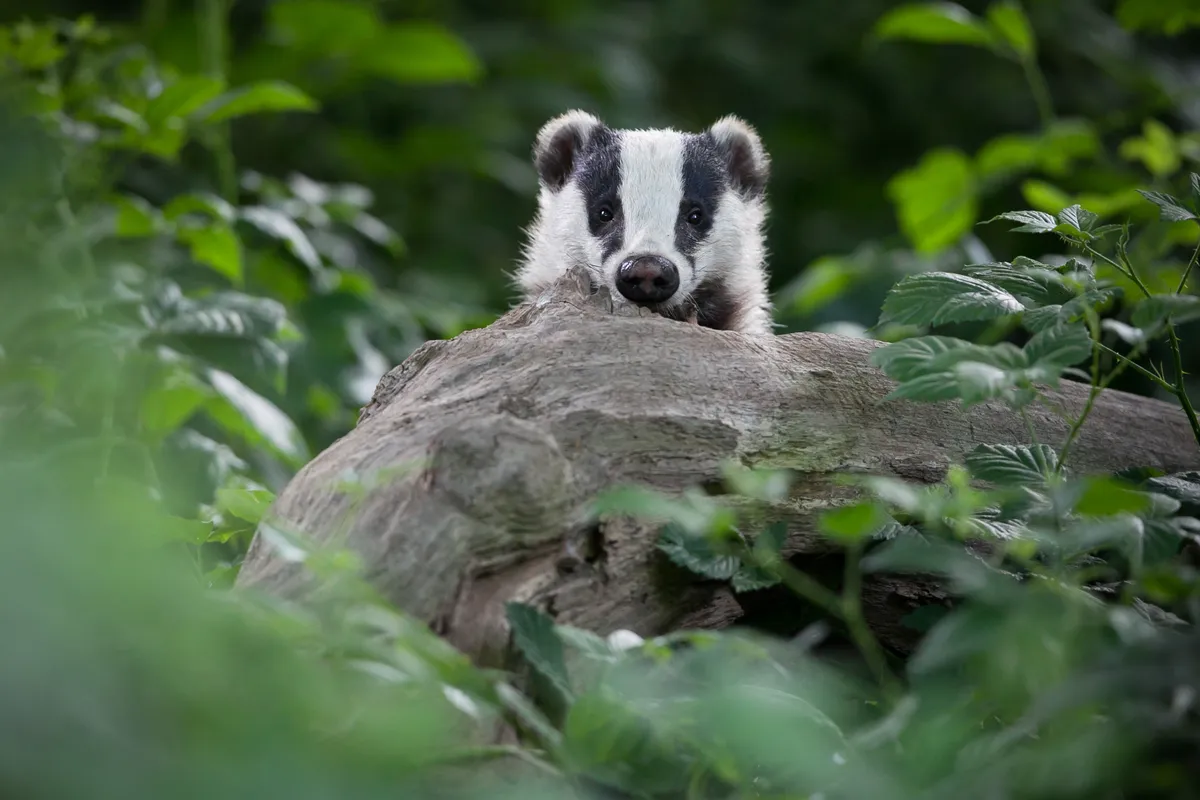
Woodland flowers
Snowdrop (Galanthus nivalis)

Widespread in the British Isles, the snowdrop is likely to have been introduced, perhaps by the Romans, although it might be native to the south-west of England.
It is a familiar bulbous flower, appearing from January in woodland, churchyards and verges, and growing up to 30cm high with slender, grass-like leaves and a stiff stem. The crisp white of the outer perianth segments hang in a teardrop shape which give the flower its name.
Learn more about snowdrops
After the darkness of winter, snowdrops are a welcome sign that spring will soon be here. Our snowdrop guide looks at the best snowdrop walks in the UK, when to plant snowdrops and how to care for them.

Lesser celandine (Ficaria verna)

The sunshine yellow splash of the lesser celandine is a highlight of late winter. The heart-shaped leaves are a rich green and form thick, fleshy beds in woodland edges and damp ground.
An alternative name is pilewort, ascribed in Doctrine of Signatures, due to the haemorrhoidal shape of the tubers. A more pleasant moniker perhaps is ‘spring messenger’, linking to the origin of the name celandine which comes from the Greek name for the swallow.
Wood anemone (Anemone nemorosa)

Common across much of the British Isles, the wood anemone appears from March to May. They spread through rhizomes, underground stems, which is a slow process, so are considered an indicator of old, undisturbed woodland.
The star-shaped flowers have a musky scent, with white petals, yellow anthers and green, toothed leaves. The Romans associated the wood anemone with good fortune and would pick a flower accordingly, whereas the Greeks considered them an omen of early death.
Most magical forests to visit in the UK
Discover a woodland near you with our guide to the most spectacular forests to visit in England, Wales, Scotland and Northern Ireland.
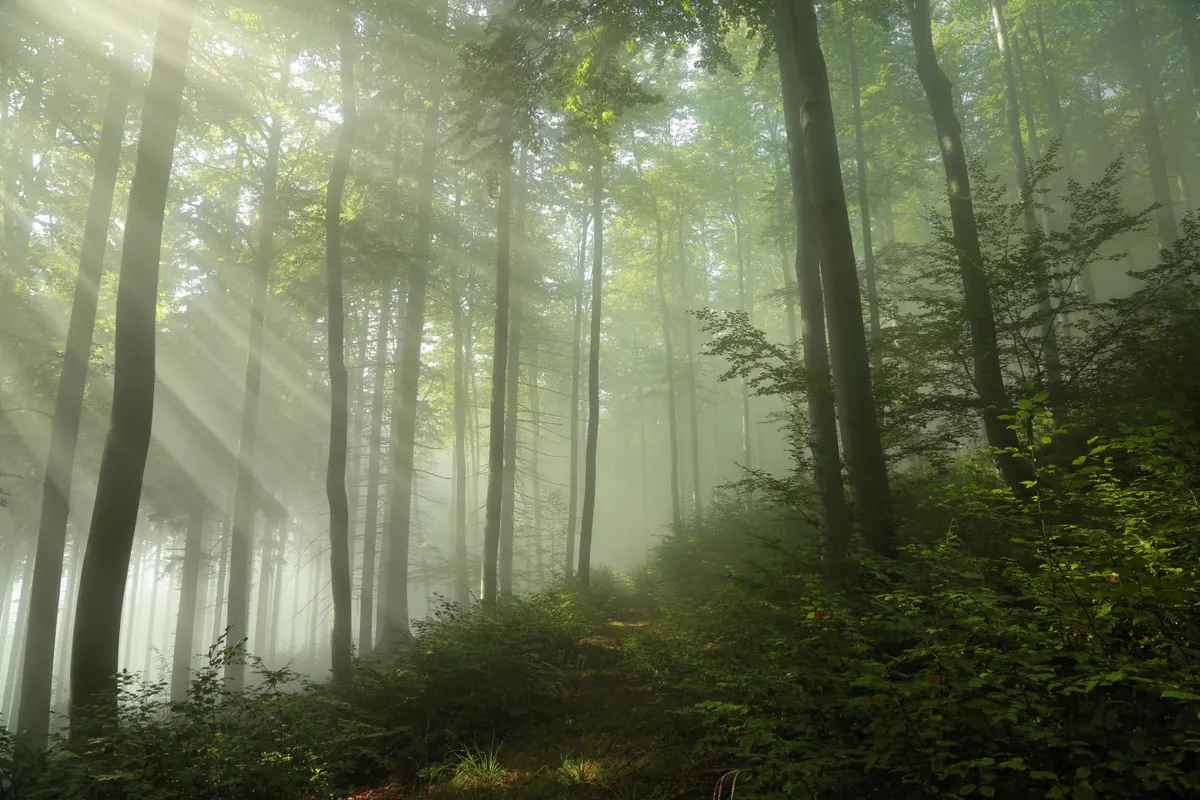
Wood sorrel (Oxalis acetosella)
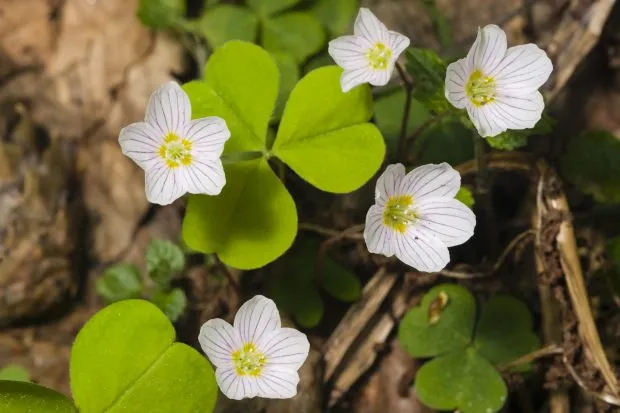
At night, the white, veined flowers and green, heart-shaped leaves of wood sorrel fold inwards to form a ‘tent’, flattening out once again with the dawn. They are creeping perennials, fond of shady spots in deciduous woodland, and rarely grow higher than 10cm.
Wood sorrel has long been foraged, although the sour-edged leaves can be mildly toxic if eaten in large quantity. An alternative name is ‘Alleluia’, a religious association given because the flowers often appear between Easter and Whitsun.
Bluebell (Hyacinthoides non-scripta)

A common, bulbous perennial with a strong association with ancient woodland. The violet-blue flowers of bluebells can form vast, shimmering carpets that are regarded as one of the great spectacles of spring.
The glossy, green, grass-like leaves spread around a stem that might reach 50 cm high. The narrow, bell-shaped flowers might number as many as 16 on each stem and have yellow anthers. The common bluebell has a richer perfume than the increasingly widespread and naturalised Spanish bluebell (H. hispanica).
Find out more about bluebells
Make the most of the UK's spectacular bluebell season with our expert bluebell guide which explains the difference between the Spanish and native bluebell and how to grow your own.
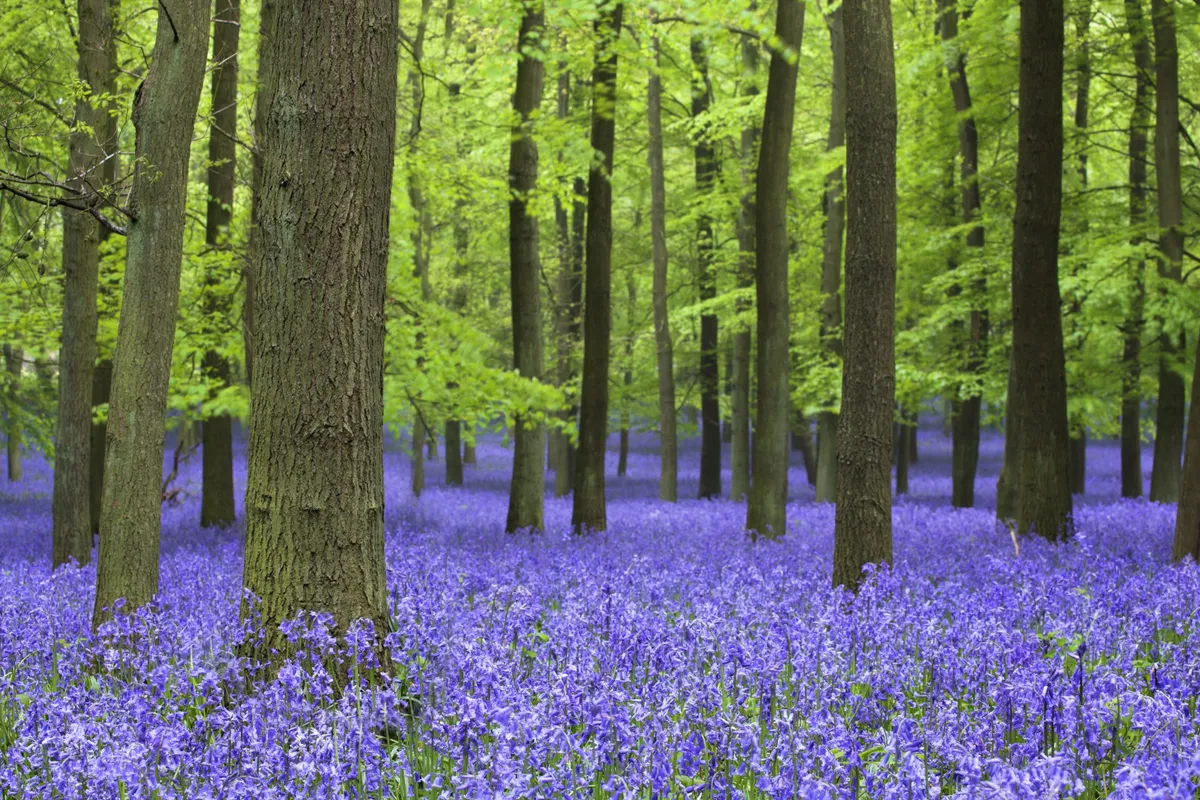
Foxglove (Digitalis purpurea)

The tall spikes of the foxglove might reach two metres and are a familiar spring sight, with downy, ovate leaves beneath a tower of reddish-pink, tubular flowers.
The name is rooted in Old English, possibly founded on a belief that foxes wear the flowers to muffle their footsteps while hunting. What is certain is the plant’s toxicity. It contains a chemical called digitalis, that can be used medicinally but can be deadly if directly consumed.
Ramsons (Allium ursinum)
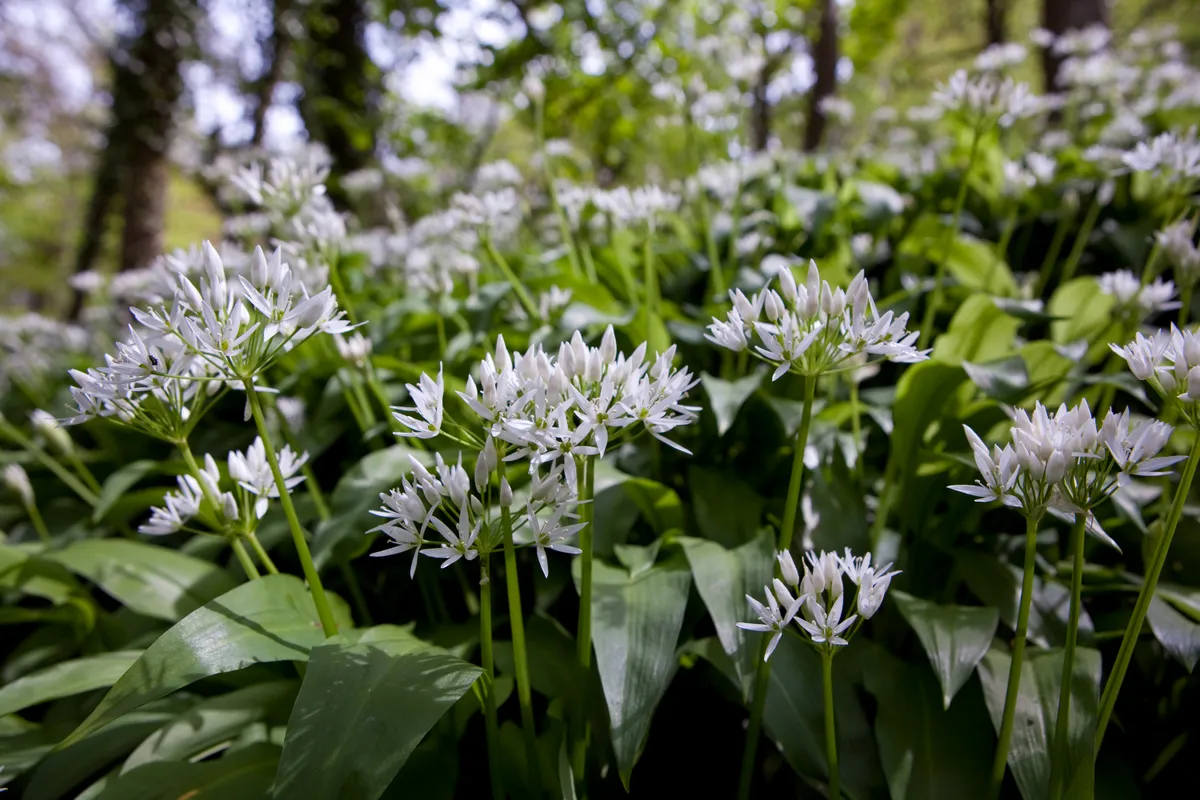
The broad leaves of ramsons appear in early spring, forming lush carpets of green. They are also called wild garlic and are often foraged, with their smell, and taste, distinctly intense.
The single stalk might grow to 45cm and carries up to 20 flowers, that form globularly and are small, white and delicate. Ramsons often appear in similar habitats to bluebells, although they rarely intermingle, both forming dense dominant carpets across the woodland floor.
Learn more about wild garlic
Spring is the perfect time to go foraging for this versatile and pungent plant, which can be whipped up into a delicious soup or pesto. BBC Countryfile Magazine's expert guide to wild garlic explains where to find it and forage responsibly, how to cook it and tasty wild garlic recipe ideas.
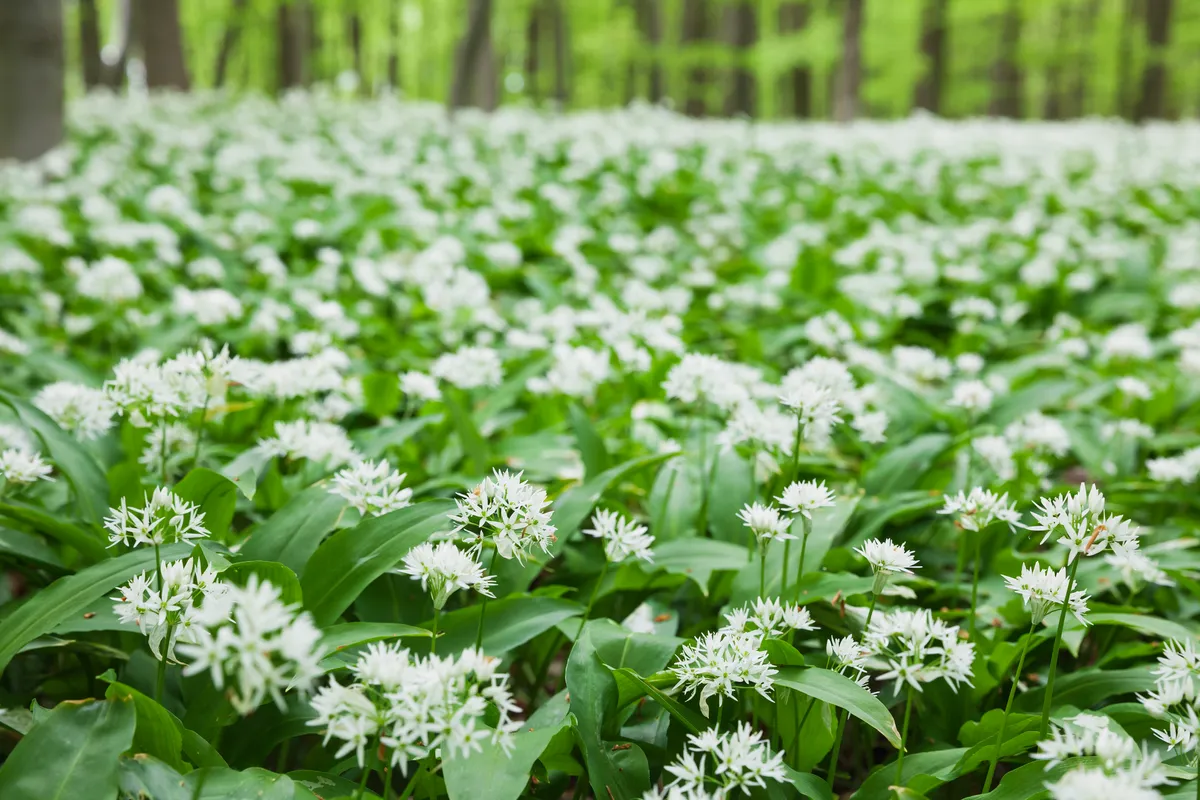
Primrose (Primula vulgaris)
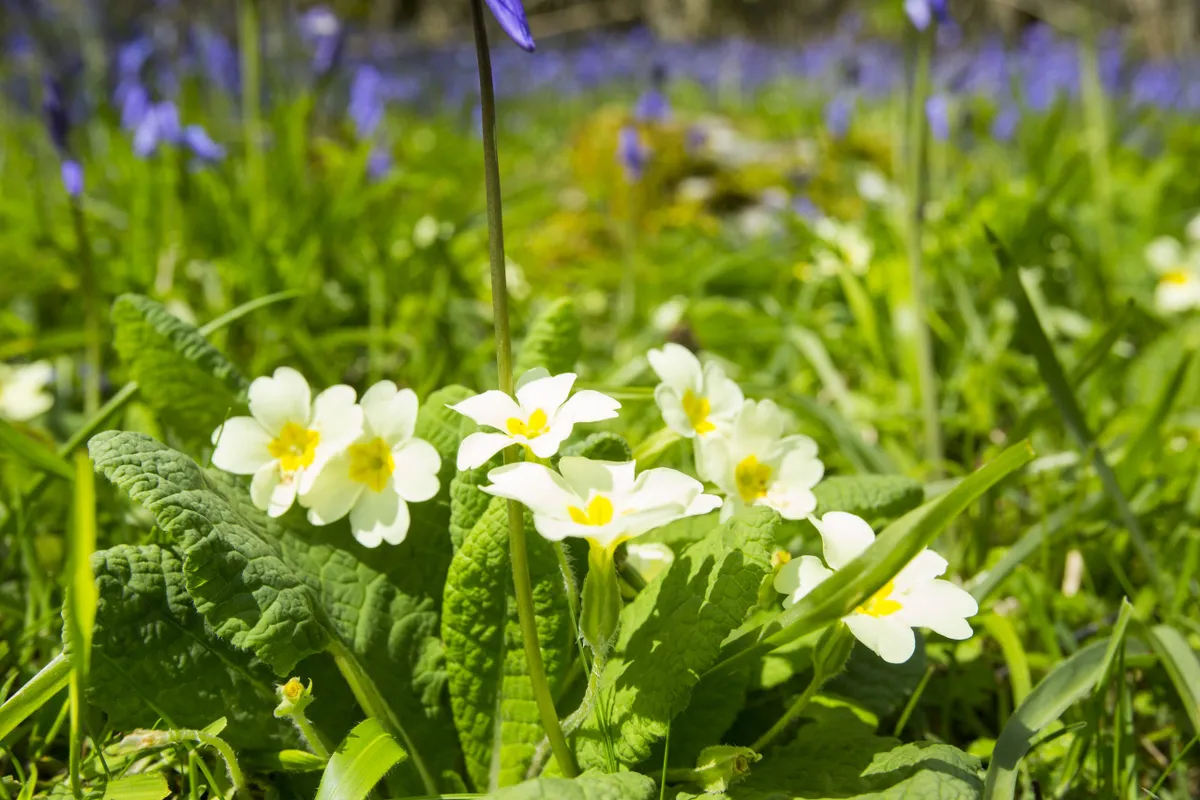
One of the first flowers of spring, the primrose is widespread and familiarly found in woodland clearings, verges and field margins. The wrinkled, spoon-shaped leaves are almost as distinctive as the solitary flowers, that are usually pale-yellow and singular, with five, notched petals than darken towards a rosette centre.
A rhubarb-pink coloured variety might also be found, particularly in churchyards or close to habitation, suggesting it is a cultivar or hybrid of the original vulgaris strain.
Sweet violet (Viola odorata)

Amid the floral blankets of white and yellow in early spring may be found a dab of pinkish-purple. There are several similar species of violet in the UK, but this is the most fragrant and has been used in perfumery since the time of Classical Greece.
It is also known as a wood violet, given its favoured habitat, and can seem demure, growing only to 15cm with rounded leaves and delicate, oblong petals.
Marsh marigold (Caltha palustris)
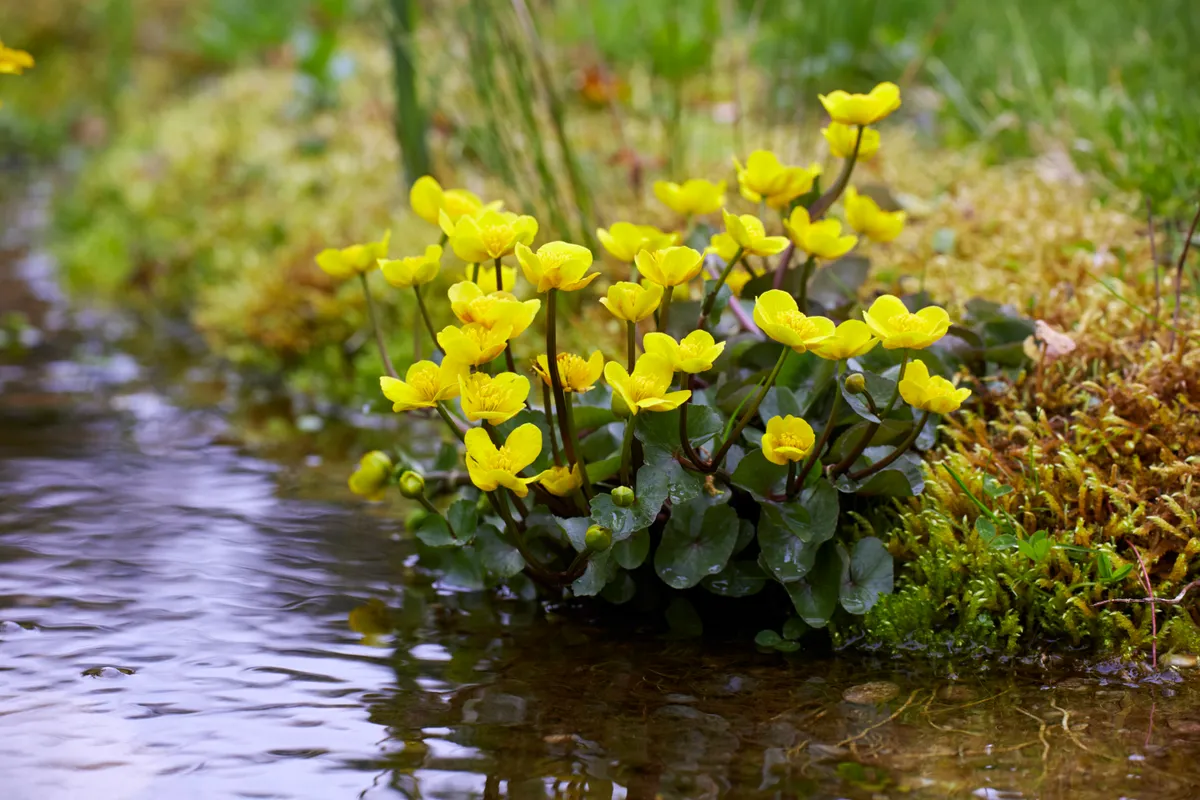
A lover of wet woodland, alongside the wetland habitat after which it is named, the marsh marigold has large, buttercup-like flowers that grow to 5cm in diameter. The large, kidney-shaped leaves are a deep, almost dull, green, and the flowers’ appearance gives rise to the alternative name of kingcup.
Appearing from early spring, the marsh marigold has long been revered on the Isle of Man as a positive omen of spring, with petals scattered on doorsteps to bring good fortune.
Cuckooflower (Cardamine pratensis)
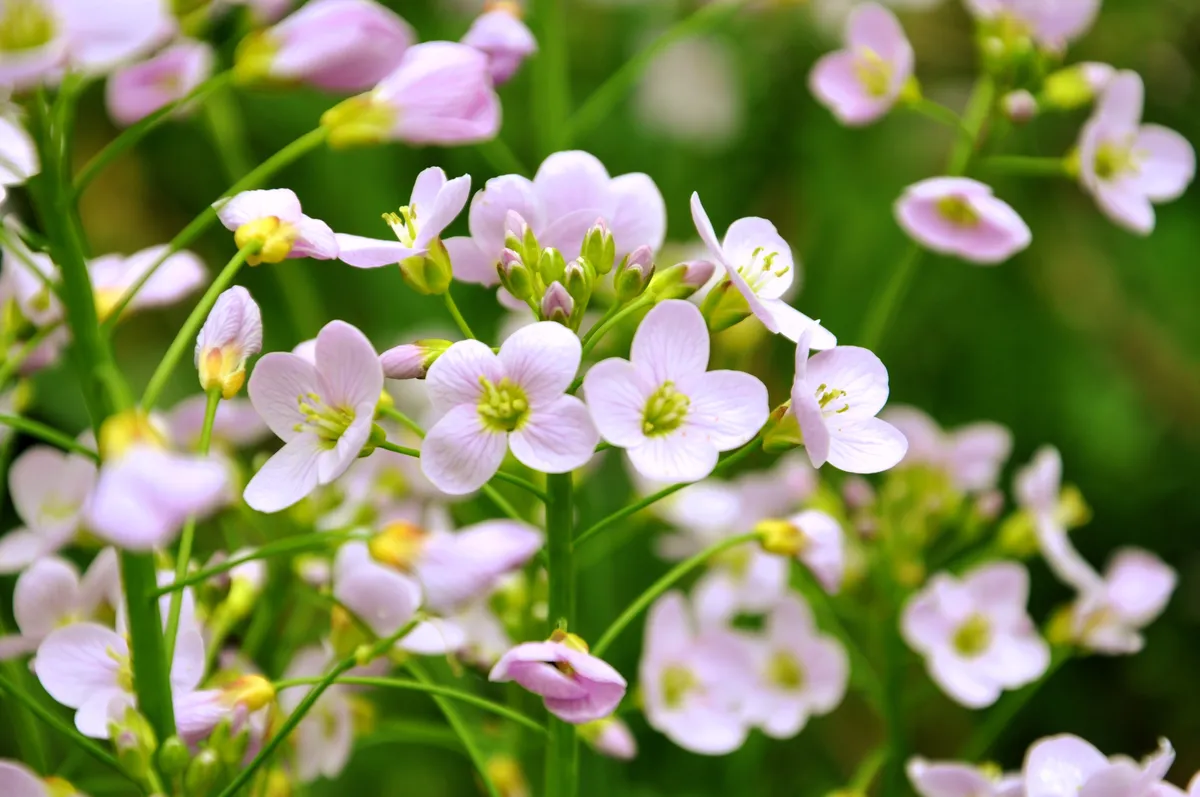
Although more often associated with meadowland and riverbanks, the cuckooflower, or lady’s-smock, is familiar in damp woodland edges. As the name suggests, the four pale-pink petals that form the flower appear around the time that the cuckoo arrives in the British Isles.
The cuckooflower grows to 60cm high and has a delicate appearance, with basal leaves and small leaflets on a slender stem. The flowers, though small, can seem to shimmer when appearing in large number.
Lily of the valley (Convallaria majalis)
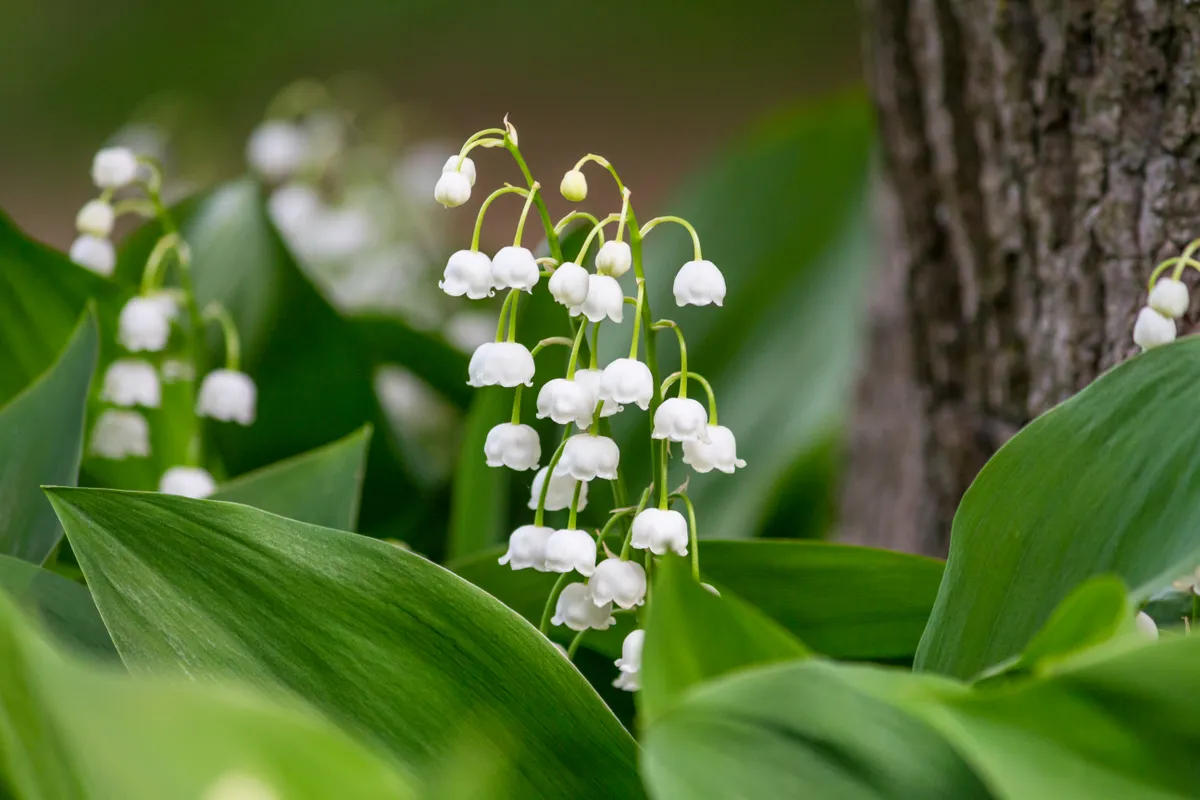
Renowned for its perfume, lily of the valley is found in dry woodland from mid to late spring, although it is rare in Scotland and Ireland. The spoon-shaped leaves are similar in appearance and size to ramsons (wild garlic) and care should be taken by foragers as the lily of the valley is highly poisonous.
The flowers are white and bell-shaped, fruiting into bright red berries. It is said that the first lily of the valley grew where Eve’s tears fell as she left the Garden of Eden.
